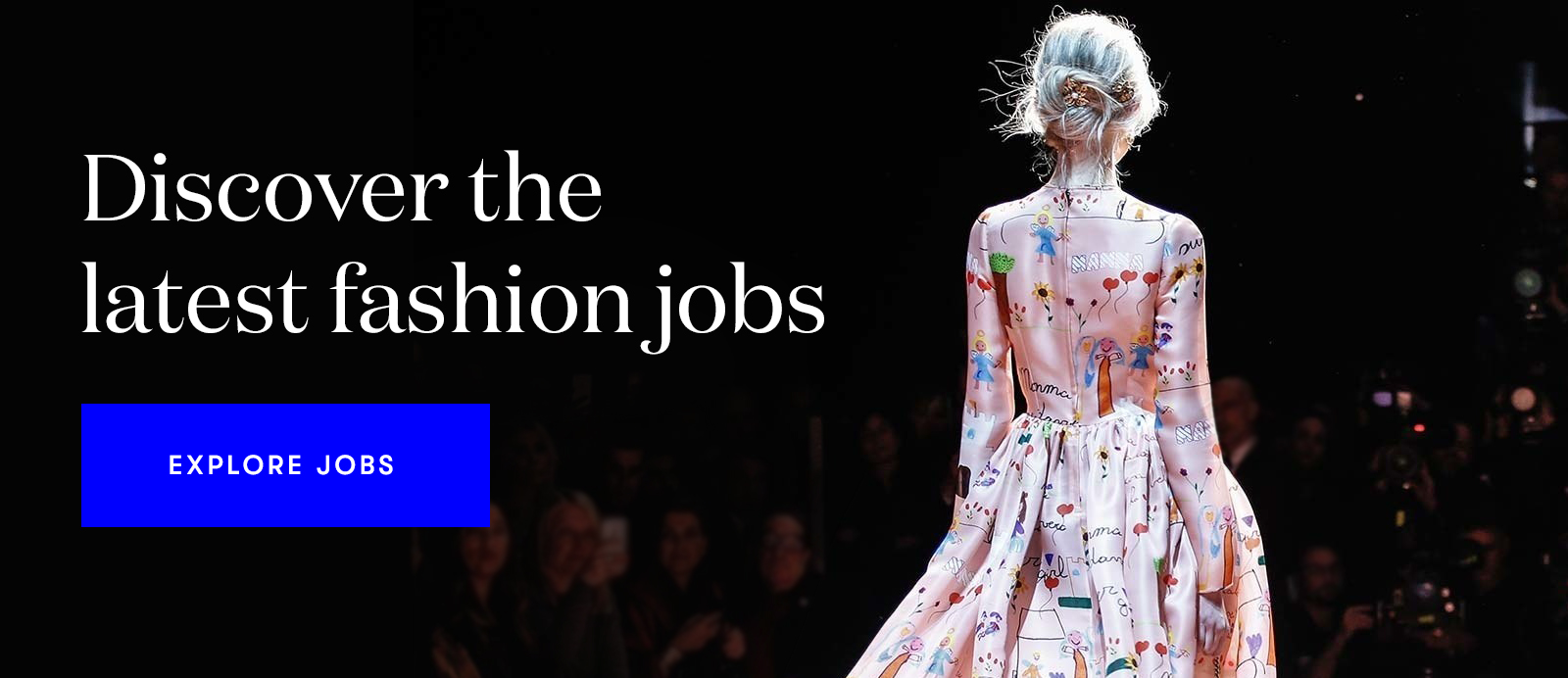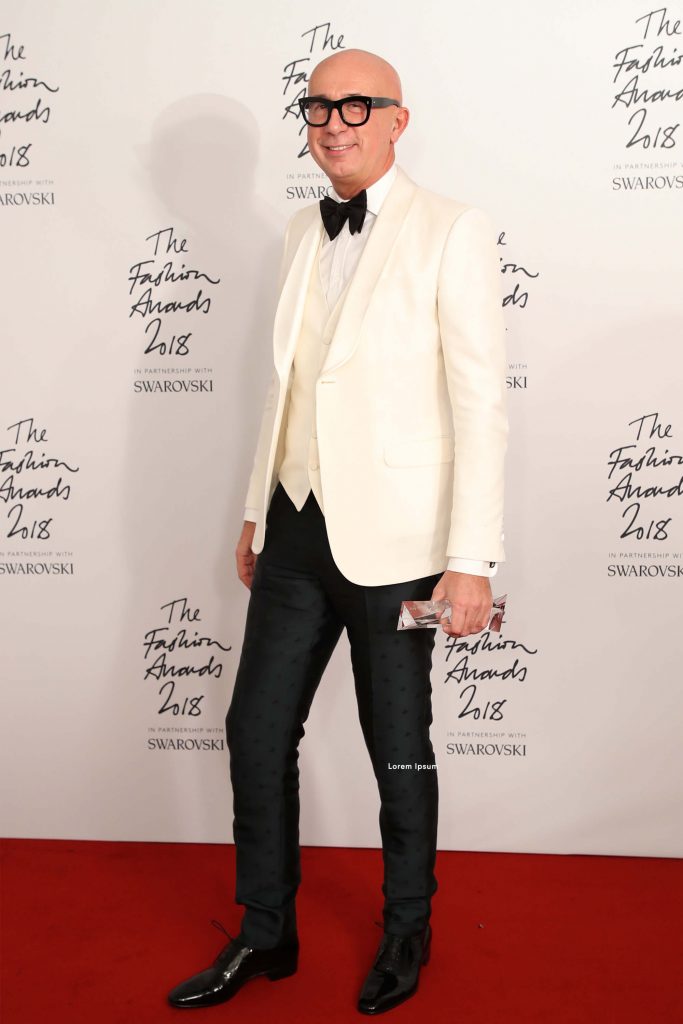Key takeaways:
- As the tenures of luxury fashion CEOs get ever more brief, headhunters are developing best practices to ensure better fits.
- Brands are looking for leaders with fluency in data and the ability to manage stakeholders beyond traditional customers and shareholders.
- To reduce cultural mismatches, executive search firms are using personality tests and researching the heritage of brands to predict how well an executive can gel with creatives.
Stefan Larsson was chief executive of Ralph Lauren for just two years, departing in 2017 following disagreements with the founder and uneven sales performance. As the luxury fashion sector sees unprecedented change, CEOs are under increasing pressure to prove they can drive results quickly.
Of the 28 luxury fashion brands that Vogue Business analysed, two-thirds had hired chief executives in the last five years, ranging from Gucci’s Marco Bizzarri to Fendi’s Serge Brunschwig. This is in line with global corporate trends: most leaders only get one shot at the top job and have an average tenure of five years. The merry-go-round reflects the pace of an industry grappling with changing consumer behaviour, burgeoning markets, shifting business models and emerging digital technologies.
Companies in growth mode can afford to take risks and often look to executive search consultants like Moira Benigson’s MBS Group, Karen Harvey Consulting and Heidrick & Struggles to find new talent. Meanwhile, a company in hot water is more likely to hire internally to avoid cultural mismatch, one of the key reasons luxury CEOs fail, recruiters say. The process begins with gathering data about top executives in or around the fashion industry, before continuing with extensive interviews.
Three top C-suite headhunters — Benigson, who placed Jonathan Akeroyd in his 12-year tenure as CEO of Alexander McQueen; Marika Rathle, Paris-based consultant and co-lead of Spencer Stuart’s EMEA apparel and luxury goods practice; and Catherine Broome, head of executive search assignments for Odgers Berndtson’s global consumer practice in London — discuss what their clients look for when hiring a new leader.
Fluency with data
Tech firms like Apple, Tesla and Samsung are increasingly hiring from fashion. Apple has hired former fashion executives Paul Deneve and Angela Ahrendts to lead important divisions.
However, as luxury brands increasingly mimic the practices of tech firms, the hiring trend is also moving in the other direction, says Benigson. Kering has installed ex-Ebay executive Grégory Boutté as chief digital and client officer to “lead the Group’s digital transformation and to drive the development of e-commerce, CRM and data management”. Glossier poached its new COO from Amazon.

Recruiters want to see that candidates have demonstrable experience leading teams that have leveraged data and predictive analytics to improve supply chains, increase sales and track consumer behaviour. While this is not unusual to other industries, it is particularly important to luxury fashion, where many houses have been slow to e-commerce and are now playing catch-up. That helped explain why Moda Operandi hired former Tesla North America VP Ganesh Srivats as CEO in 2018.
Benigson predicts the trend will continue as the chief digital officer role is phased out. CEOs will be expected to understand technology’s central importance to the business and implement it at every level across departments. “You will eventually see CEO hires from Google, Facebook, Apple and Samsung,” she says. “And it will make perfect sense.”
One challenge in recruiting tech execs is compensation. Recruiters say actual compensation is dependent on the size and scale of a company, rather than sector. But the big tech firms, which are mainly publicly listed, are naturally more attractive for their stock option awards. When Ahrendts left Burberry for Apple in 2014, she kept a similar base salary of around $1 million, but her stock compensation with the tech giant in 2018 was $21 million.
Stakeholder management
The rise of social media and influencers has led to a certain democratisation in luxury, meaning fashion executives are accountable to a group beyond their core customers and shareholders. “Before, it was brands that dictated the way of thinking, the way of wearing. It was much more top-down,” says Rathle, co-lead of Spencer Stuart’s EMEA apparel and luxury goods practice.

Now, CEOs must also manage a brand’s environmental and sustainability record. “We’ve gone from the previous paradigm, which was all about digital, to sustainability and brand purpose,” says Catherine Broome of executive search firm Odgers Berndtson. Kering’s François-Henri Pinault, for instance, is known for being extremely hands-on with initiatives like its environmental profit-and-loss record.
Other stakeholders that CEOs will have to manage are investors and regulators. In the UK, for instance, parliamentarians have turned their attention to the environmental impact of fast fashion. Dealing with such demands require an element of risk-taking. “When you challenge the paradigm, it takes courage to make decisions [that] are maybe commercially counterintuitive. A lot of sustainability goals are in contrast to commercial practice,” says Broome.
Culture fit
More than most other sectors, the success of a luxury fashion enterprise hinges on the relationship between a chief executive and the creative director. Bizzarri’s partnership with Alessandro Michele at Gucci is a famous recent example. Gucci’s revenues before the designer joined in 2015 were roughly €3.5 billion; now it is on track to do €10 billion in sales by 2020. Bizzarri was known for pushing the then-unknown designer’s vision front and centre, says Benigson. “Marco is absolutely committed to leading with creativity. Everything leads to this successful formula.”
Not all partnerships are successful. Paolo Riva spent only 18 months as Diane von Furstenberg’s first CEO before a mere 10-month stint leading Victoria Beckham, citing personal reasons.
In instances where there is a strong founder who remains present, Spencer Stuart’s Rathle suggests finding a CEO who can take a back seat, serving more as an operator than a spokesperson. “If you find someone who… stays in the shadows, why not? It could work.”

Recruiters like Rathle and Benigson say many CEOs don’t last because of a bad fit with the company culture. Recruiters have invested in bespoke personality tests that predict what kind of organisational culture an individual might thrive in. One test Vogue Business sampled asks questions designed to rank eight values — including results, authority, order, purpose and learning — according to their relative importance for a candidate. The results offer an indication of what motivates a candidate and how they work.
While data-led assessments and personality profiling are helpful, intuition also plays a crucial role. It’s about understanding the person behind the CV, says Rathle. “What drives this individual to get to the top? Is it money? Recognition? Ego? Creating for the company? Or for the world?” Once these are established, they can be reconciled with a given client’s strategic agenda.
To search curated roles and be informed about new opportunities, register here.
Comments, questions or feedback? Email us at feedback@voguebusinesstalent.com.
Revolve’s influencer-in-chief on doing social media marketing right
Chief sustainability officers are fashion’s new influencers
How publicists are using data to generate press
Credit: Source link




